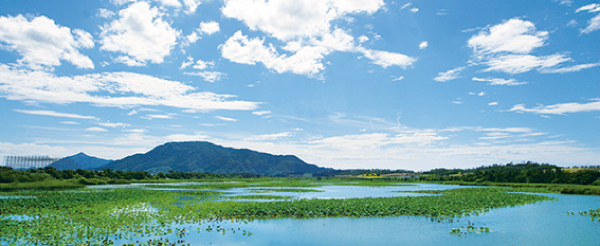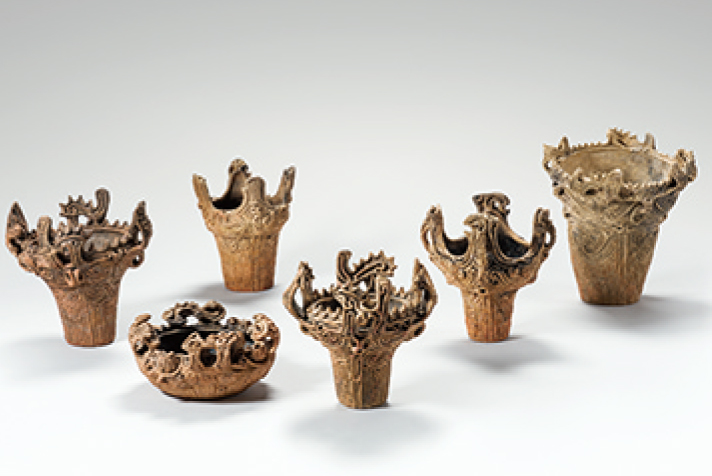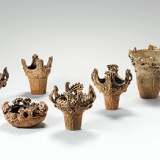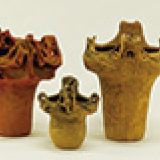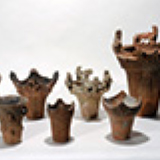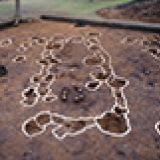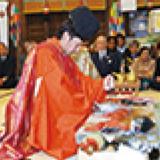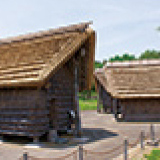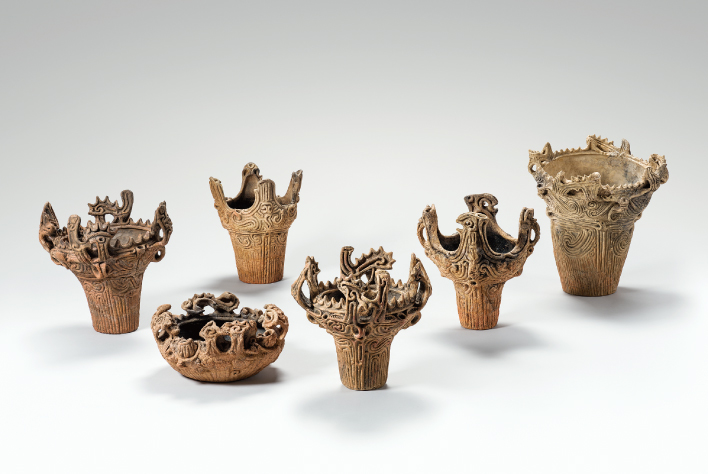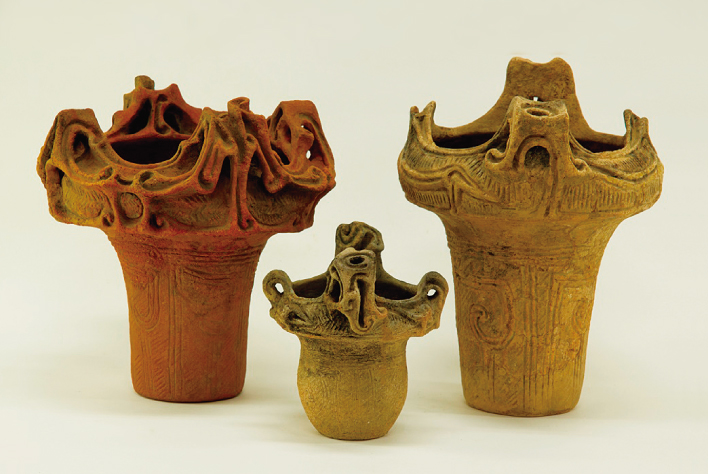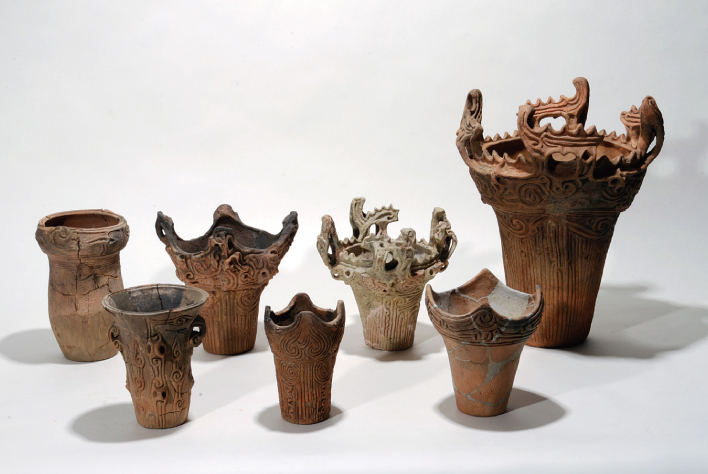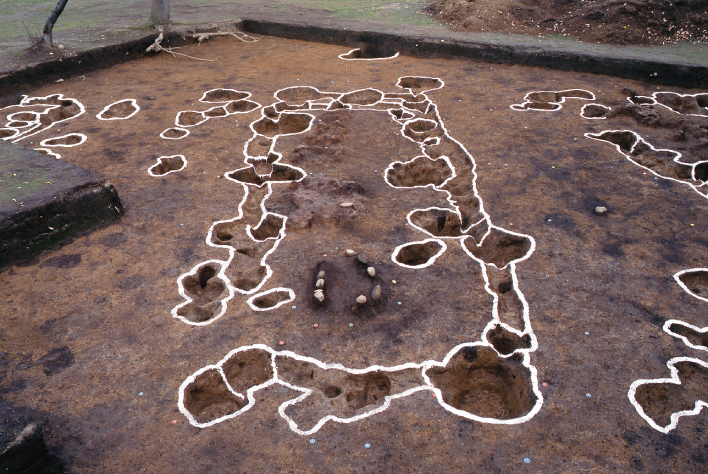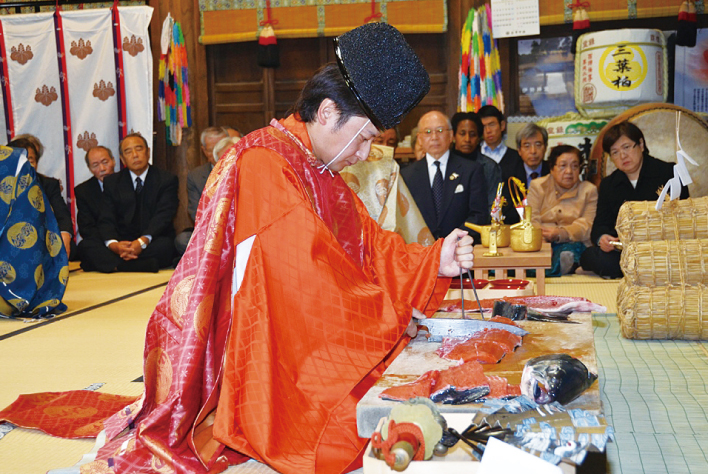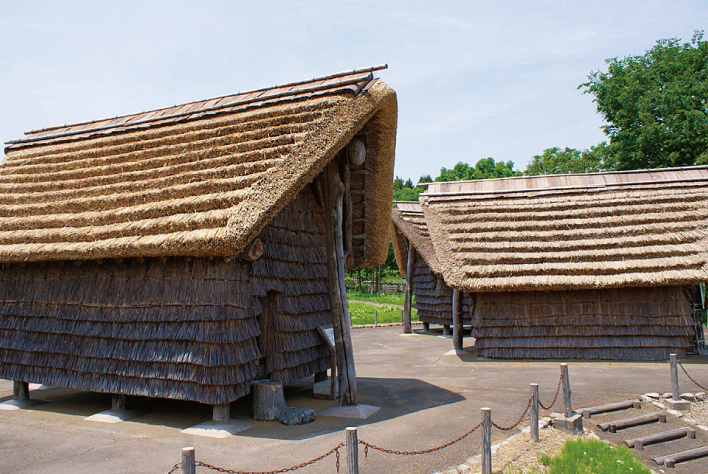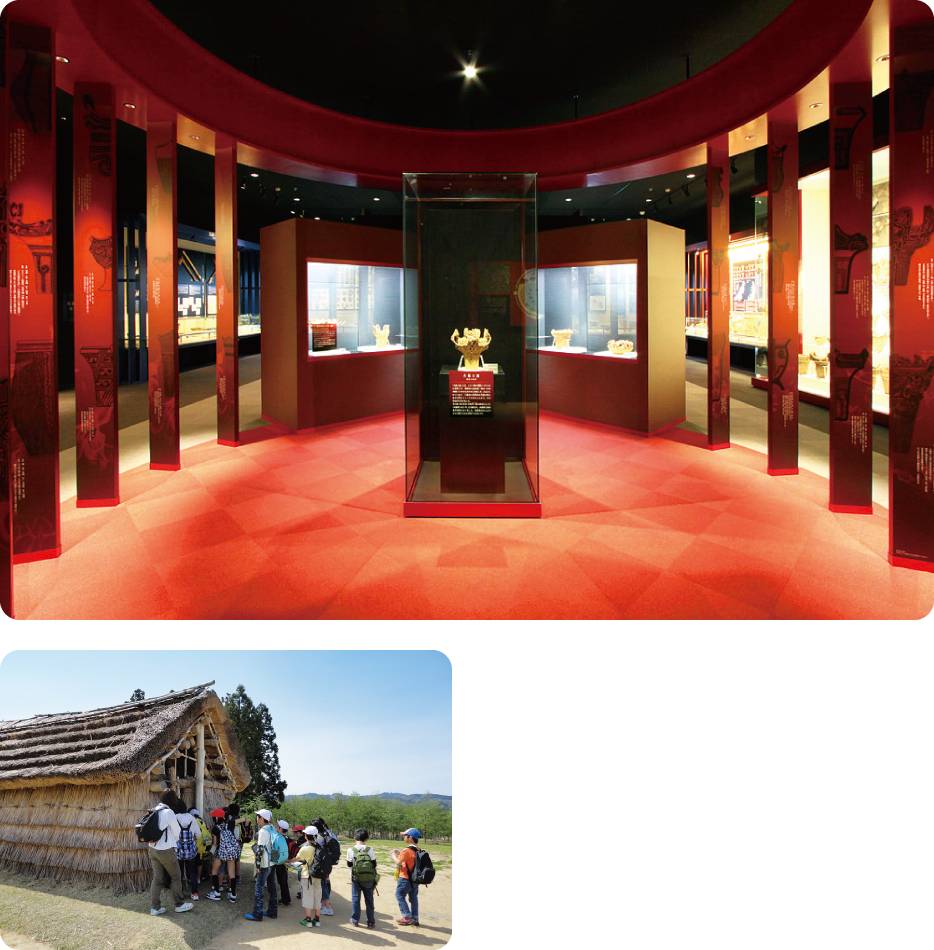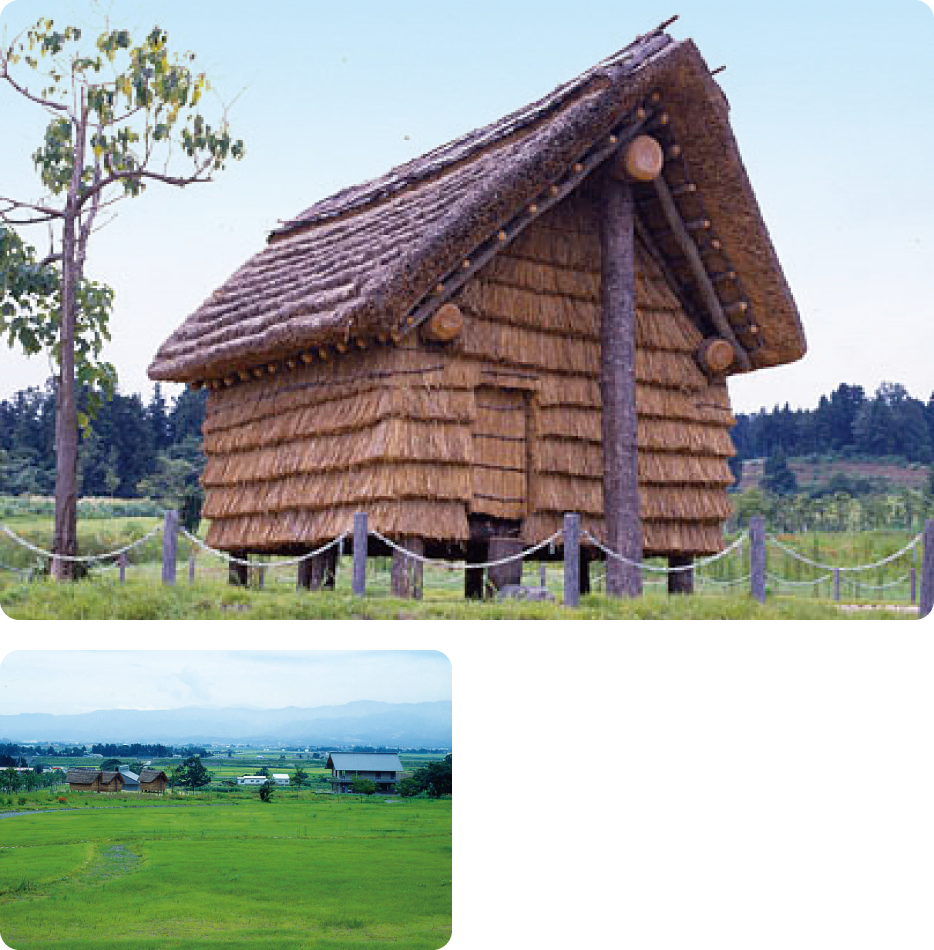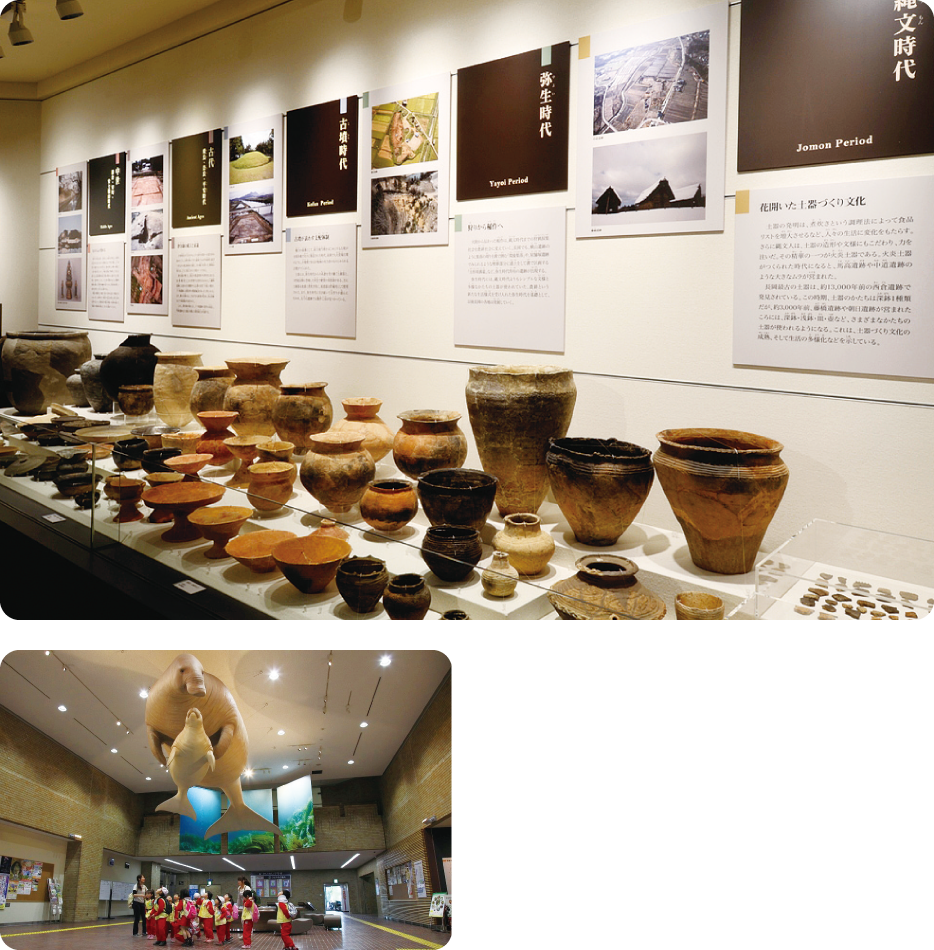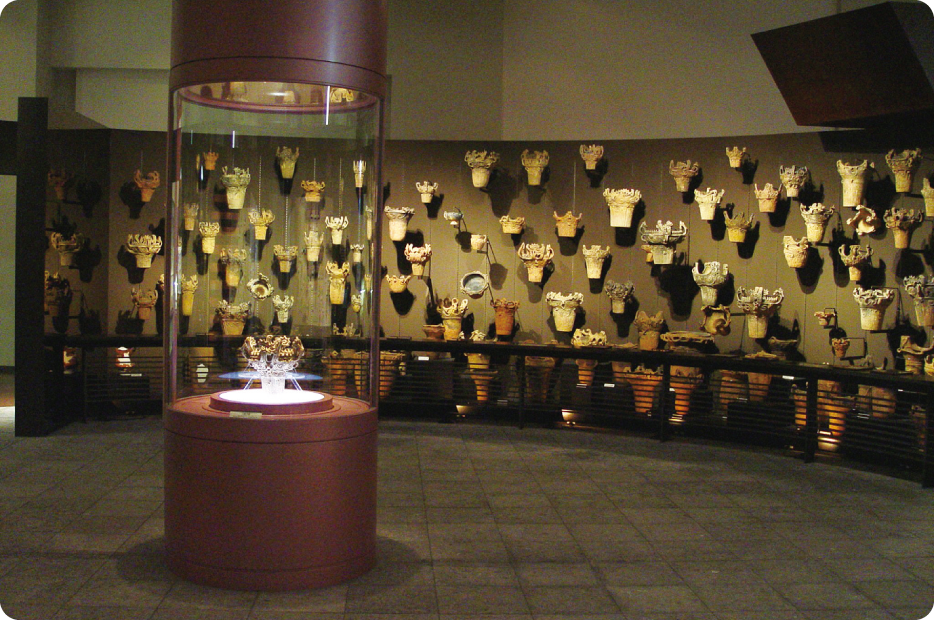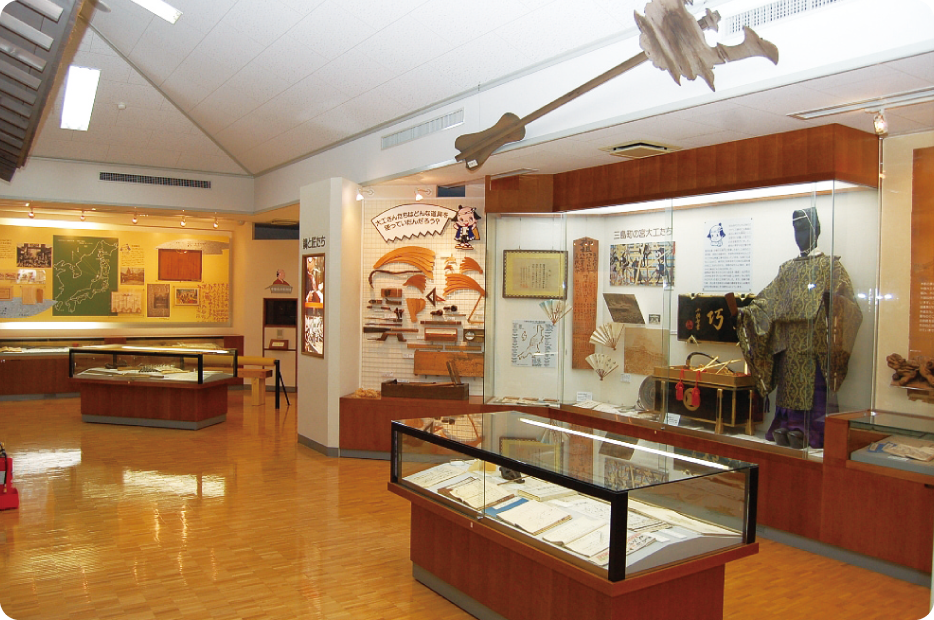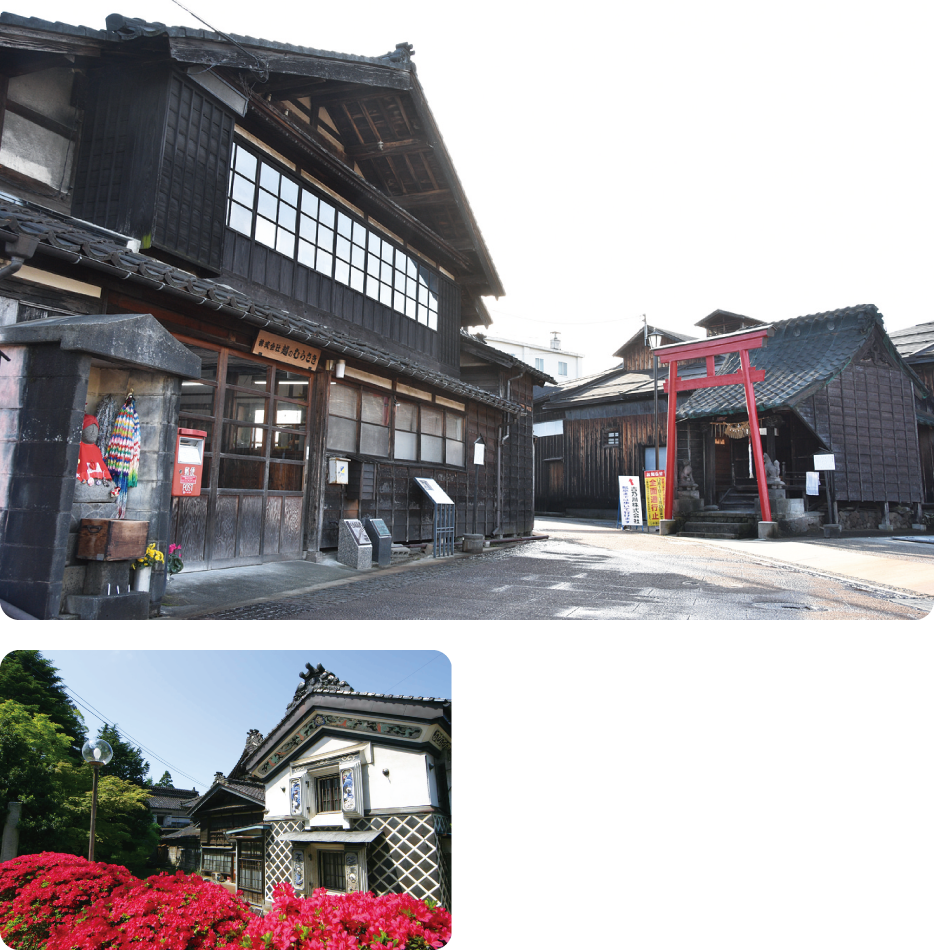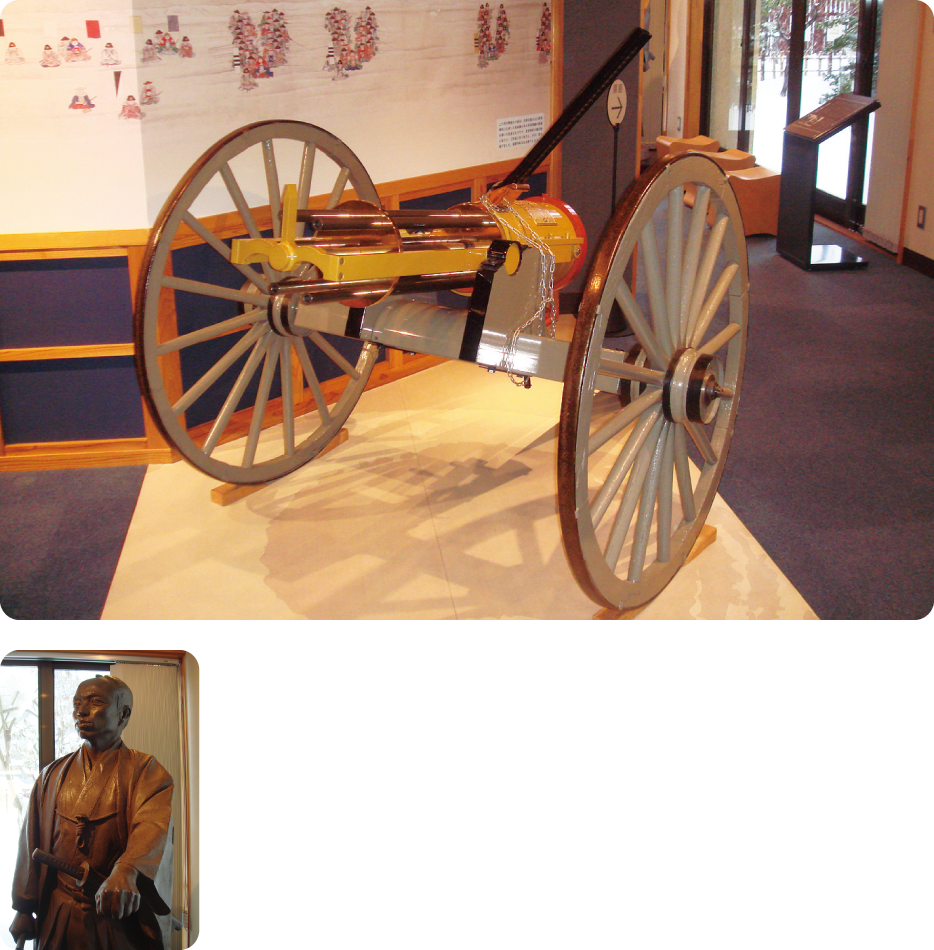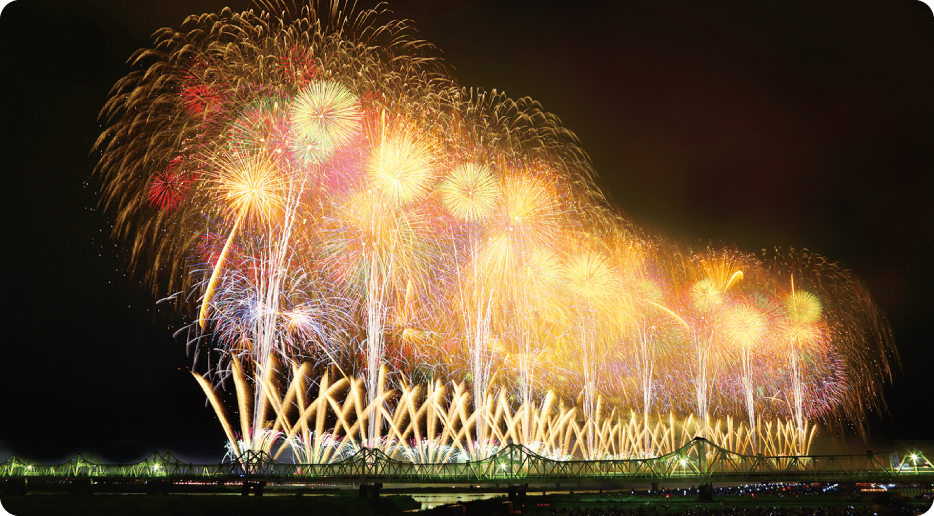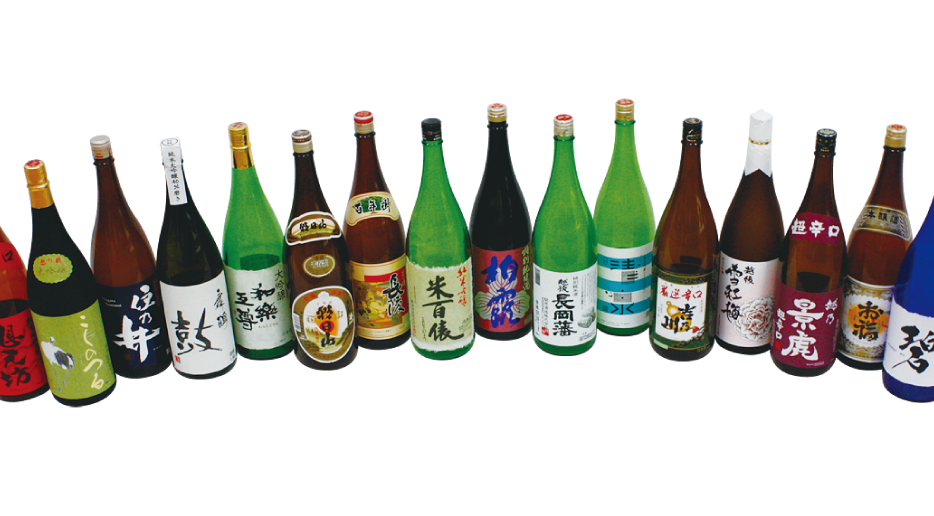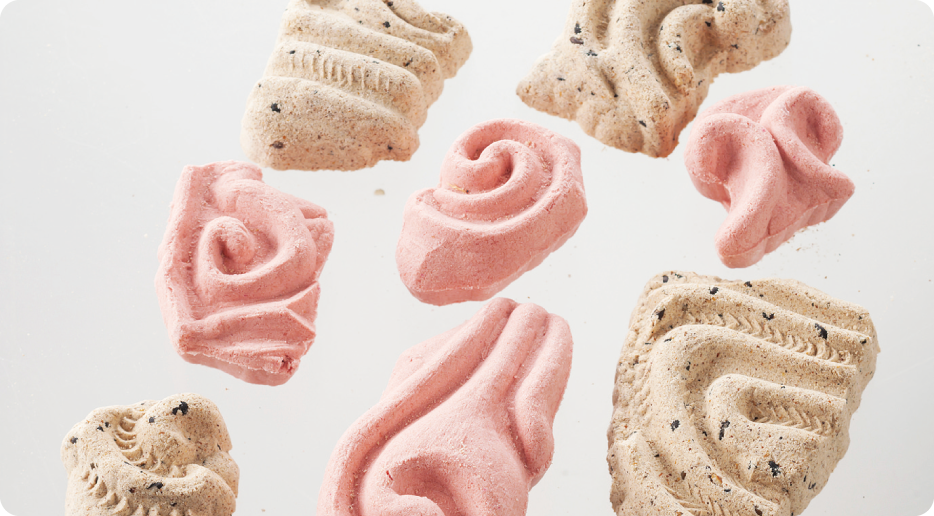Cultural Asset No.13
Umataka Site Artifacts
In addition to the first flame pot discovered, other flame type pots, crown-type pots, stone tools, clay figures (Miss Umataka) and stone rods were excavated. The first flame pot was discovered at Umataka Site in 1936. The flame pots from Iwanohara Site are now exhibited as one of the permanent exhibition of The British Museum.
Cultural Asset No.15
Tochikura Site Artifacts
The site is located on the right bank of the Kariyata River, one of the tributaries of the Shinano River. Many Jomon pots including flame pots, and stone tools such as arrowheads and stone axes were excavated. Three clay figures were also found that are thought to have been intentionally buried in the floor and post holes of a pit dwelling. This is thought to have been a religious activity.
Cultural Asset No.16
Tokushoji Sites Artifacts
From the old Tokushoji Temple area on the left bank of the Shinano River, where the site is situated many Jomon pots including flame pots of the first half of the middle Jomon period were excavated. The pit dwelling of the period has also been found.
Cultural Asset No.25
Umataka-Sanjuinaba Site
This large village site belonging to the middle and late Jomon periods is located on the terraces of the left bank of the Shinano River. It is a typical Jomon village in the middle of the Shinano River basin, where pit dwellings are located in a circle. A small stream called Endo sawa divides this area into two. The mid-Jomon period Umataka Site is on the east side and Sanjuinaba Site of the late Jomon period is on the west side. The Umataka-Sanjuinaba is known nationwide as a site where the first flame pot was discovered.
Cultural Asset No.54
Ojin-sai Festival
An annual fish event is held on November 5 every year at Kinpu Jinja Shrine. The salmon caught in the Shinano River is cooked with iron chopsticks and kitchen knives without the priest's hand directly touching the salmon, which is formed into a torii gate shape and offered to the gods. This ceremony indicates that salmon was an important resource from the ancient times.
Cultural Asset No.58
Fujihashi Site and Artifacts
The Fujihashi Site is a large settlement of the final Jomon period about 3,000 years ago. The investigation shows that the settlement had a role of communal center with many high-floored structures. In addition to Jomon pots, many arrowheads attached with natural asphalt were excavated, indicating the use of petroleum-related resources.



